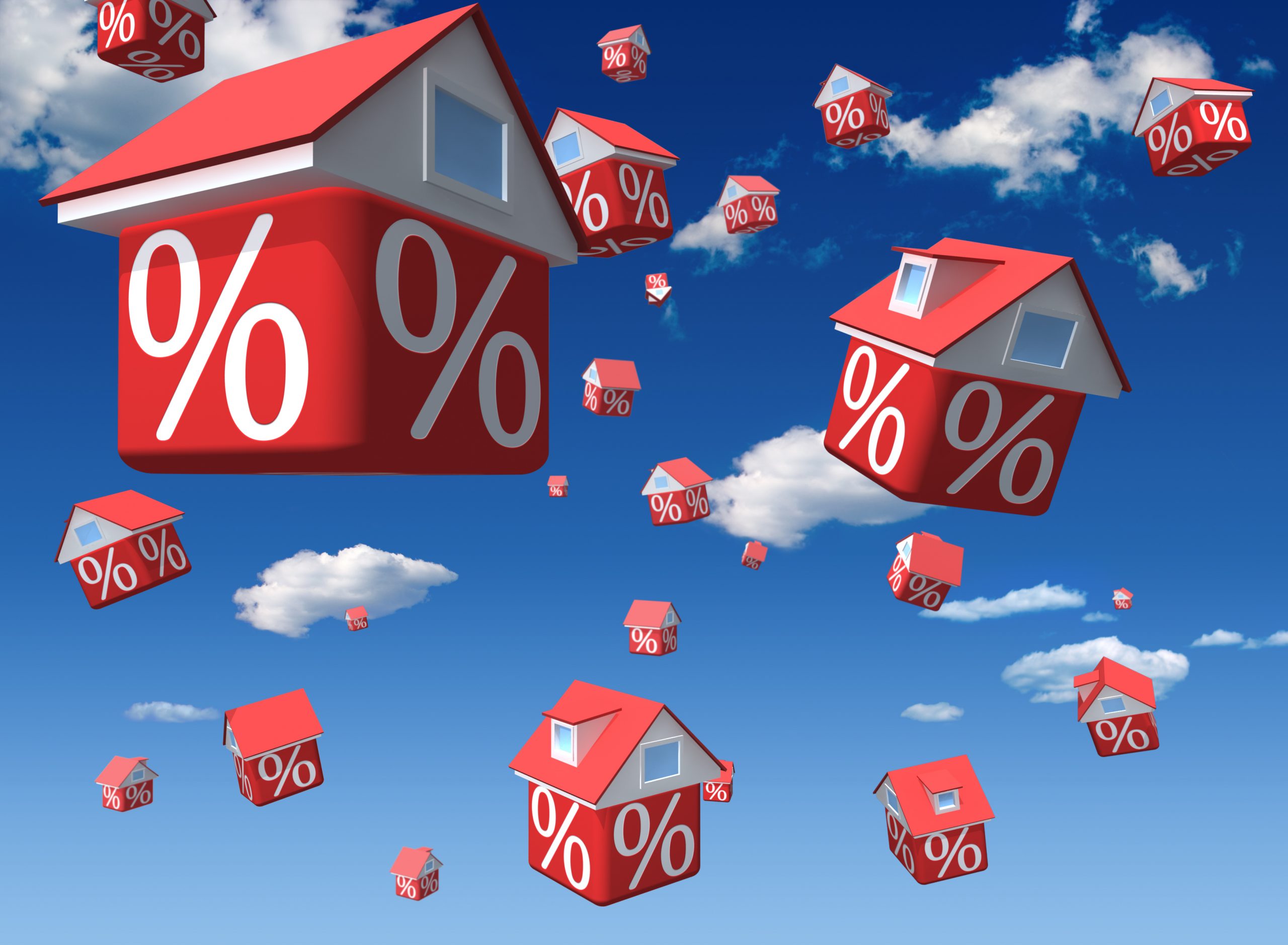Household Bills
House prices rise 7% over 2022 but likely to fall 5% next year

Guest Author:
Anna SagarAverage house prices in the UK rose 7.2% year on year, an average uplift of £175,000, but a drop in demand has “reversed the upward momentum” and prices are likely to tumble in 2023. Meanwhile the pandemic ‘flight to countryside’ trend is reversing.
According to property website Zoopla’s monthly house price index, although house prices rose overall in 2022, there had been a slowdown in the last quarter. The underlying rate of quarterly price inflation slowed from over 2% in the summer to around 0.3% in the last three months.
The report continued that it expected to see quarterly price falls in the first half of the year, which would bring the annual rate negative by mid-year.
Overall, it said that it expected UK house prices to fall 5% next year.
Zoopla said that weaker demand was due to higher mortgage rates, cost of living pressures and lower consumer confidence.
It continued that sellers were accepting larger discounts to asking prices to secure sales, with the discount now starting at 4%. This is down from zero in early October.

Wellness and wellbeing holidays: Travel insurance is essential for your peace of mind
Out of the pandemic lockdowns, there’s a greater emphasis on wellbeing and wellness, with
Sponsored by Post Office
The report also said that discounts were expected to widen further next year, noting that many sellers were waiting to see what happened in January before making adjustments to pricing.
It said the demand for homes is down by half year on year, with the number of new sales agreed reduced by 28%.
Zoopla said this showed committed buyers were still in the market as sellers were willing to be flexible on price. This also explains why the discount gap was widening.
Affordability will be driving factor next year
Zoopla said that affordability was the “primary factor” for 2023, pointing to the combination of mortgage rates, household incomes and house prices.
It said that higher mortgage rates increased the income needed to buy and worsened affordability for prospective buyers using a mortgage. This is significant as seven in 10 sales are buyers using a mortgage, Zoopla said.
The firm noted that the impact was bigger in higher value areas where mortgages were larger.
Zoopla said that most housing markets had recorded house price gains above consumer price inflation and average earnings of at least 22% over the last five years.
The area which recorded the highest price increases is Oldham at 47%. Other areas of high price growth include Newport, Swansea and Bolton.
Zoopla said that it expected house price growth to slow in these higher-growth markets next year.
“Price falls in more affordable markets are likely to be below average as the hit to buying power from higher mortgage rates will be less than in the high-value markets. This is supported by evidence of continued above-average demand in more affordable urban areas,” it said.
Looking at London, Zoopla said that prices in the centre of the capital had fallen 24% since 2017 and further falls are expected next year
It pegged possible decreases at between 5% and 8%, which it said would improve affordability and lead to lower mortgage rates.
Zoopla said that a “resurgence in employment growth” would be a catalyst for turnaround in the next one to two years.
Flight to country and coast reversing
Zoopla also highlighted that during the pandemic the race for space meant many relocated to country and coastal areas, with large house price gains reported in Wales, South West, Norfolk and East Kent.
It said that this was starting to reverse, and the trend was set to continue next year.
Coastal towns in the South of England, wider Lake District area and mid-Wales have all record a “greater slowdown in demand and sales” this year compared to other areas.
“These markets are all slowing off a high base of activity. The initial wave of pent-up demand bought about by more working from home and a spike in retirement looks to have run its course for now with less value for money and fewer purely discretionary motivated moves,” it explained.
Zoopla continued that interest in urban areas were stronger, with family housing in city suburbs and commuter areas recording “above-average demand” in the last year. City centre demand has been weaker.
Areas that are experiencing higher demand include Bradford, Swindon, Coventry, Crewe, Milton Keynes and Southend. Zoopla said that this was because they had their own strong employment base, but also had good travel connections to larger cities.
Zoopla said that “continued employment growth” would accelerate housing demand next year in these areas.
Flat price differential with houses at 20-year high
Zoopla said that pricing of flats had “underperformed the rest of the market” with price inflation lagging behind homes.
The average price of a London house is 1.7x the price of a flat, an increase from 1.4x 10 years ago. The price differential in the rest of the UK is 2.1x, the highest for 20 years.
This has been exacerbated by the search for space along with concerns around cladding and leasehold charges.
However, Zoopla said it predicted demand for flats to grow as buyers seek better value for money, along with improved sentiment as government tries to resolve cladding issues.